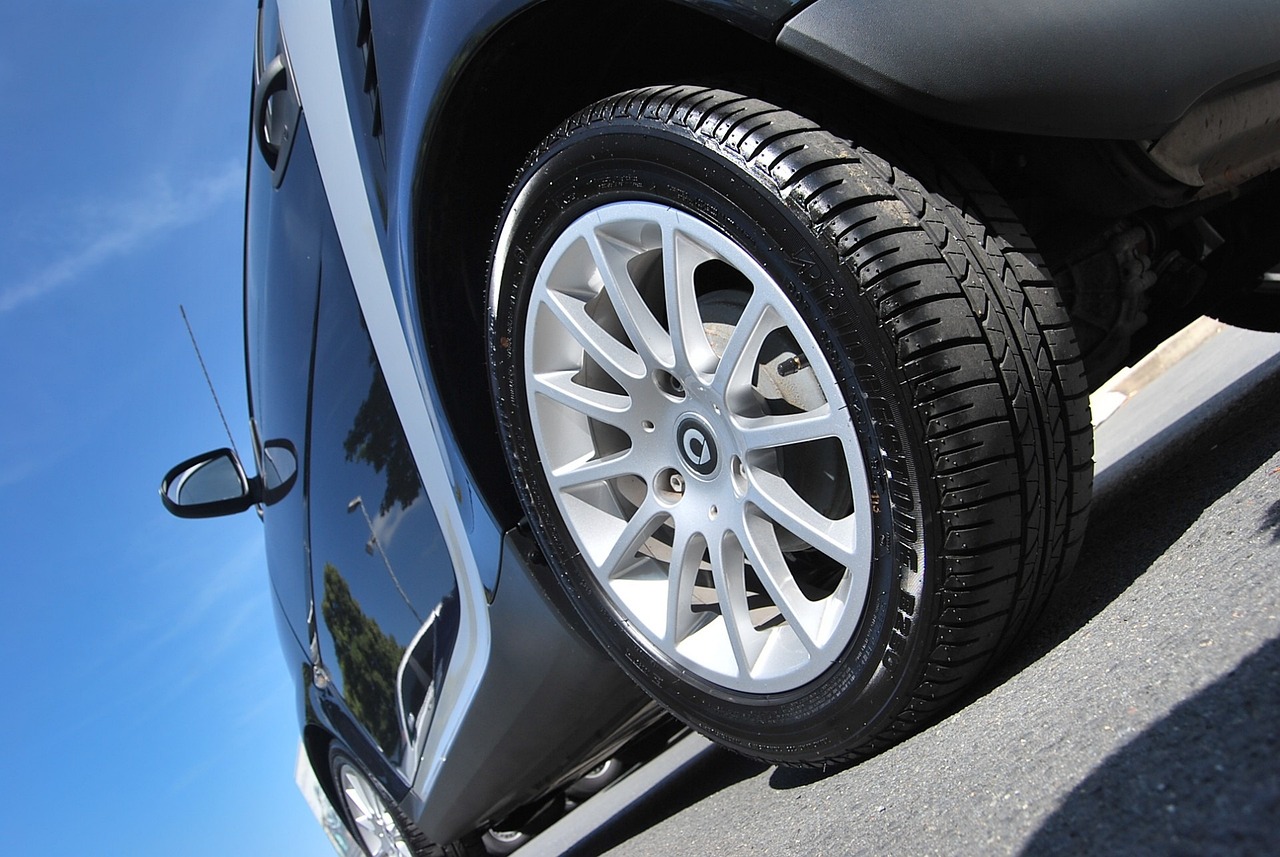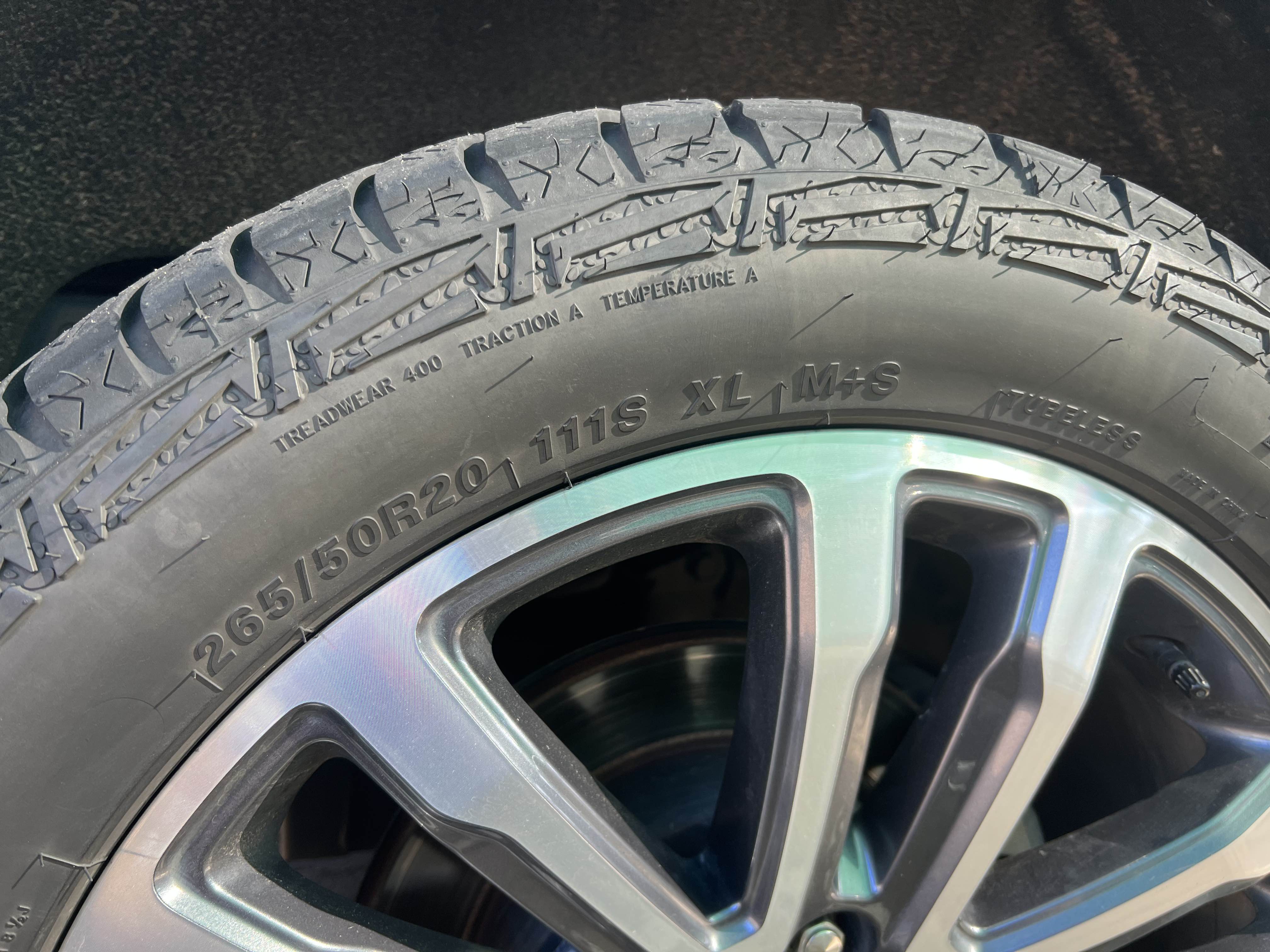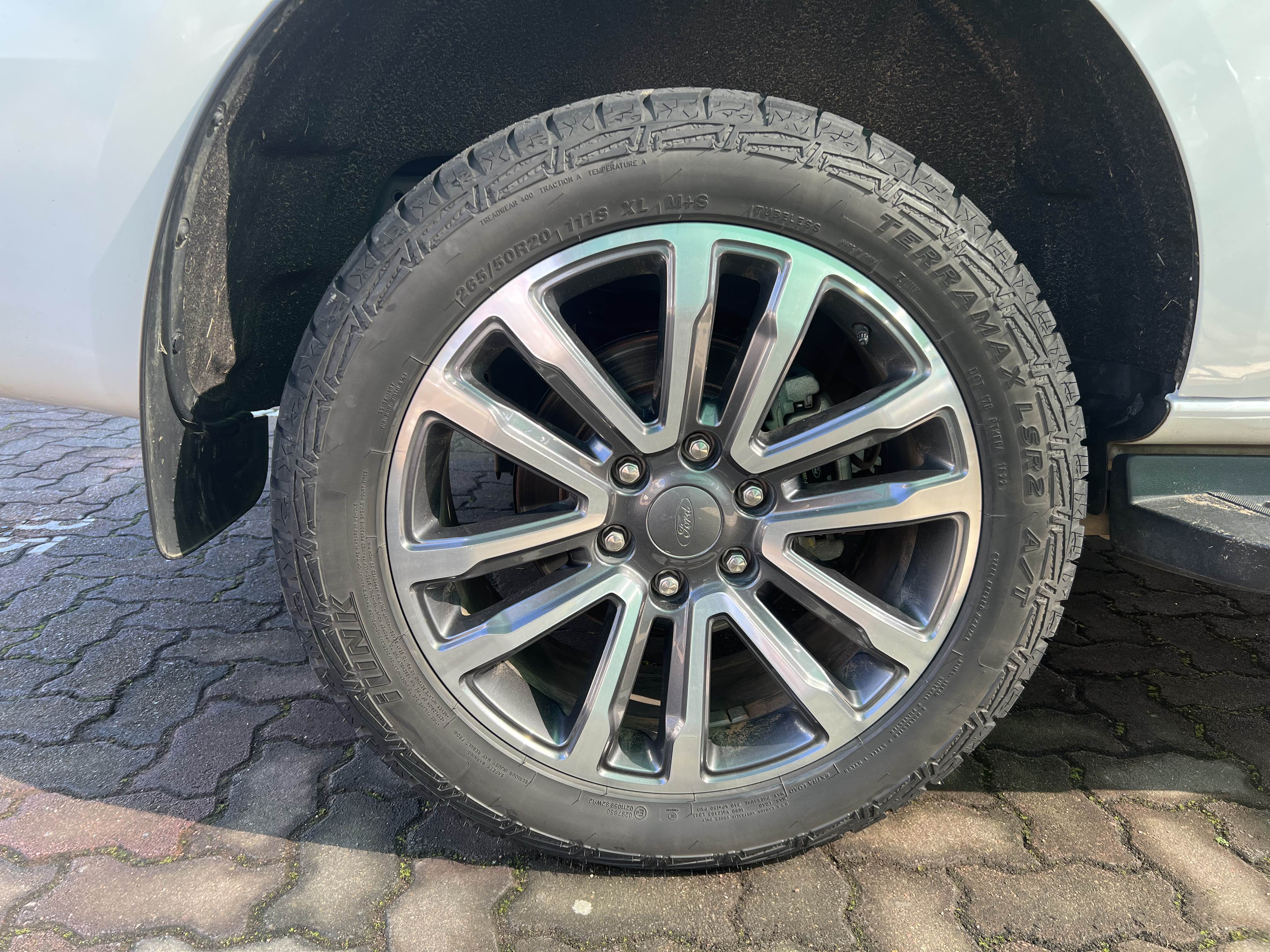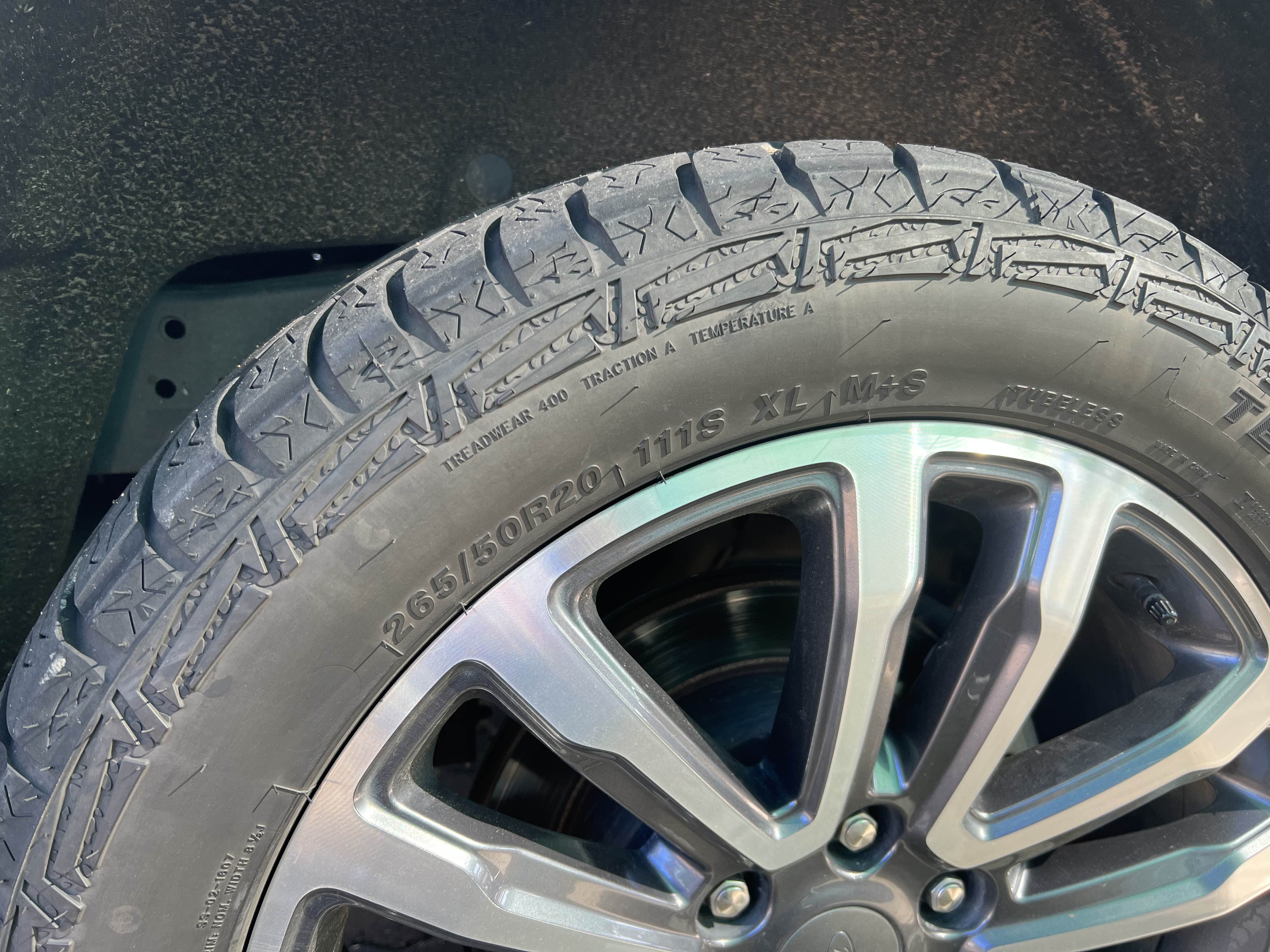
Choosing the right tyres presents a minefield of options. You need to be astute in your research before you fit a new set that falls outside of manufacturer parameters.

To find the optimal tyre for your vehicle, tyre specialist Les Richardson, vice chairperson of the Tyre, Equipment and Parts Association (Tepa), a proud association of the Retail Motor Industry Organisation said the trick is to check the speed symbol and the load index stamped on the sidewall.
“Typically these symbols indicate the maximum load or speed the tyre is rated for. The average motorist will never exceed these loads or speeds, but they are definitely worth noting, particularly for those times when you do load up your car for an annual holiday for example. Roof racks and trailers can seriously overload the capacity your tyres are able to manage and impact the safety of your vehicle.”
Richardson said speed and load ratings become particularly important for those motorists whose main business is transporting goods in a light truck or 4×4, for example, or for those who spend a lot of their time off-road or regularly driving at high speeds. “If the maximum indicated speed or load is exceeded, your tyres will not operate at peak efficiency and you will not only risk the safety of yourself, but also that of your vehicle and those around you on the road.”

Here’s what to look for:
· The speed symbol and load index markings are located on the sidewall, next to the tyre size markings.
· The first number on the left indicates the width of the tyre in millimetres.
· The next number represents the ratio of the height of the tyre relative to the width.
· The last number represents the diameter of the tyre in inches.
· The last number represents the weight and speed rating.
Richardson said to work out exactly how a tyre performs, one needs to consult the relevant manuals or ask a friendly tyre dealer.
For example, ‘99’ refers to a maximum weight the tyre is designed to carry – in this case, 771kg on each tyre. So a vehicle with four tyres could cope carrying a weight of 771 x 4 = 3 084kg. ‘W’ represents the maximum speed that the tyre is designed to perform at, being 270kph.
“In other words, don’t expect your car to get you safely to your destination if the maximum speed the tyre is designed for is 120kph and you are travelling at 140kph. Or equally dangerous, if your vehicle weighs 1.5t before adding 80L of fuel and a 250kg steel canopy, then you load another one tonne of luggage on tyres rated to carry around 700kg each.”
Richardson said most passenger vehicle load indexes range between 62 and 126.
Motorists who regularly go off-road or use their vehicle to transport goods will want to use a tyre with a higher load rating compared to those who use their car just for commuting. “It is important to note that if you increase the load index on the tyres to those above the placard, you should ask what inflation pressure is required to carry the same load as the original tyres,” said Richardson.

The greater the load index number, the more weight each tyre can carry. In all instances, the tyres’ load index must meet or exceed the value displayed on the vehicle’s placard.
How to choose the correct speed rating?
The next thing to look out for is the speed symbol. A tyre with ZR symbols will have a speed capability of over 240km/h.
So which speed symbol and load index is right for you?
Richardson said for most of us who just use our car to commute to and from work with the occasional weekend trip, the speed symbol and load index should not be a high priority when considering which tyre to buy. Instead, finding the tyre that suits your vehicle and driving style should be a priority.
On the other hand, if you drive a performance vehicle, go off-roading very frequently or use your vehicle to transport goods, you’ll need to consider load indexes and speed symbols.
The general rule of thumb is couriers, light truck drivers and tradesmen who often carry a lot of heavy equipment or products will want to select a tyre with a higher load index. Those who love off-roading should note all-terrain and off-road tyres tend to have a lower speed symbol and higher load index. This is because off-road tyres will typically be stressed more than an average car tyre and are required to carry a heavier vehicle and load.
“If you’re not sure which tyres are right for you, we recommend you contact an accredited Tepa fitment centre for tailored expert advice,” concluded Richardson.
Photos by pixabay and Andrew Ensor-Smith
Article featured in Brakpan Herald
Link to original article:
https://brakpanherald.co.za/282271/fitting-the-wrong-tyres-can-cost-you/